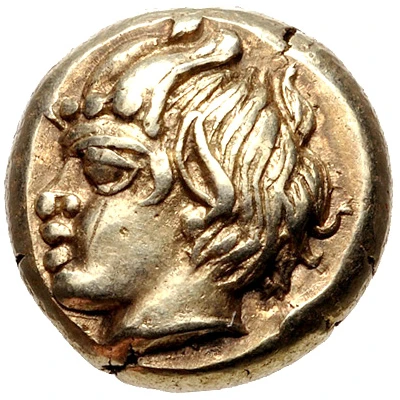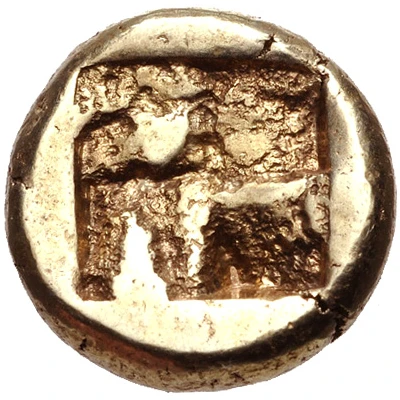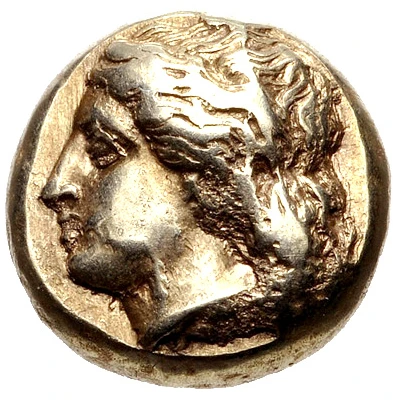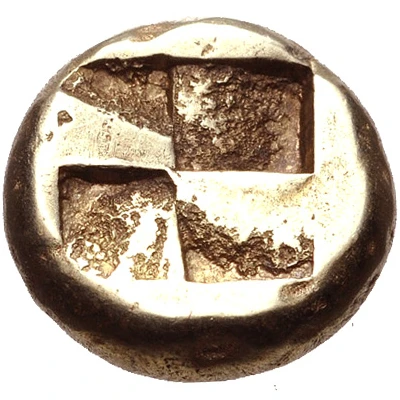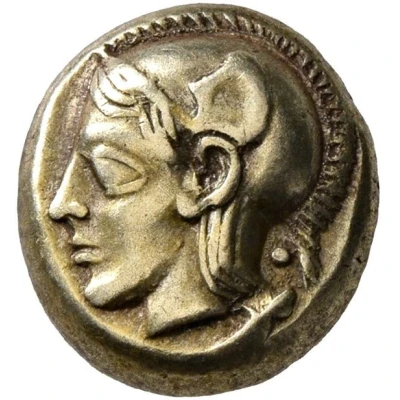
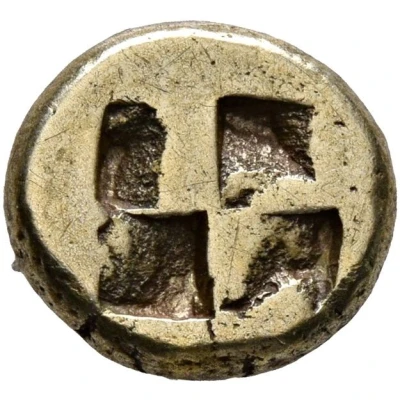

© Leu Numismatik
Hekte 478 BC - 387 BC
| Electrum | 2.52 g | 10.0 mm |
| Issuer | Phokaia (Ionia) |
|---|---|
| Type | Standard circulation coin |
| Years | 478 BC - 387 BC |
| Value | Hekte (10⁄3) |
| Currency | Drachm |
| Composition | Electrum |
| Weight | 2.52 g |
| Diameter | 10.0 mm |
| Shape | Round (irregular) |
| Technique | Hammered, Incuse |
| Demonetized | Yes |
| Updated | 2024-10-10 |
| Numista | N#385217 |
|---|---|
| Rarity index | 100% |
Reverse
Quadripartite incuse square.
Interesting fact
The Hekte coin was used as a form of currency in ancient Greece and has a unique design. One side of the coin features a lion's head, while the other side features an inscription of the name of the city, Phokaia, in ancient Greek letters. This coin was made of electrum, a naturally occurring alloy of gold and silver, which gave it a unique shine and value. Despite its small weight of 2.52 grams, the Hekte coin played an important role in the economy of ancient Greece, particularly in the city of Phokaia, where it was used for buying and selling goods and services.
